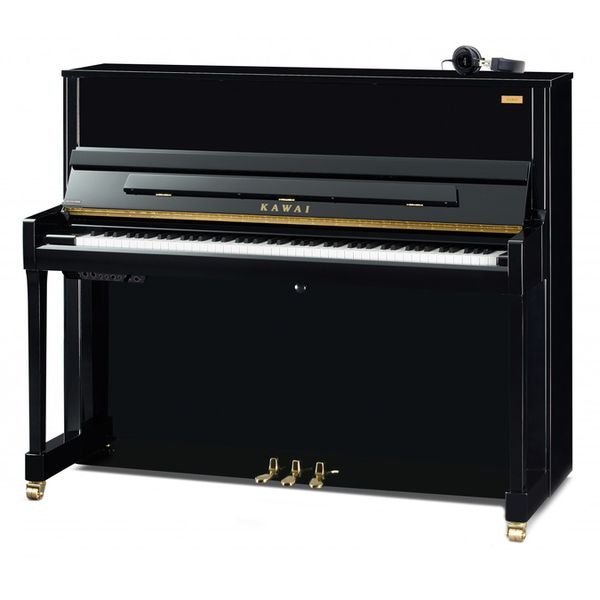History of the piano
History of the Piano – The Complete Story of Craftsmanship and Trade
The piano, as we know it today, is the result of over three centuries of invention, refinement, and market evolution. From an exclusive showpiece for royal courts to a common instrument in millions of homes, the piano has continually adapted to technological and societal changes.
Table of contents
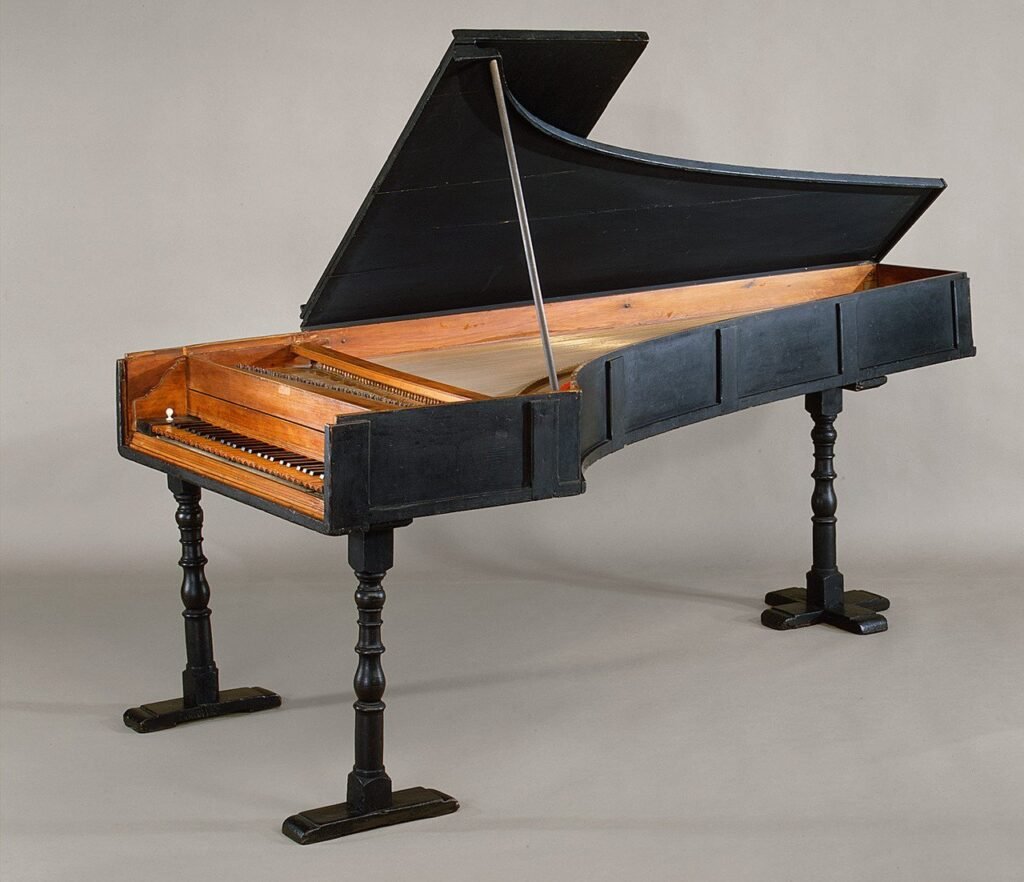
1700-1720 / The Birth of the Piano
In 1700, Italian instrument maker Bartolomeo Cristofori built the first instrument capable of playing both softly (piano) and loudly (forte): the gravicembalo col piano e forte.
The revolutionary innovation lay in the hammer mechanism, where felt-covered hammers struck the strings instead of plucking them as in the harpsichord. This allowed for dynamic expression and nuance in performance.
Key makers / builders:
- Cristofori – Court instrument maker in Florence. Only three original pianos survive.
Technical innovations:
- First hammer action with escapement, allowing the hammer to fall back after striking without damping the string.
Prices and target audience:
- Extremely expensive; owned exclusively by the Italian elite and royal households.
1720 - 1780 / Spreading Across Europe
Cristofori’s invention gradually made its way to other countries. German builders such as Gottfried Silbermann copied and improved the design. Silbermann collaborated with Johann Sebastian Bach, who was initially critical but later embraced the instrument.
Key makers / builders:
- Silbermann (Germany) – Improved tuning stability and build quality.
- Zumpe & Buntebart (London) – Popular for their “square pianos,” affordable for wealthy households.
Technical innovations:
- Improved dampers.
- Stronger wooden frames.
Prices and target audience:
- Still a luxury item, but English square pianos made them more accessible to the affluent middle class.

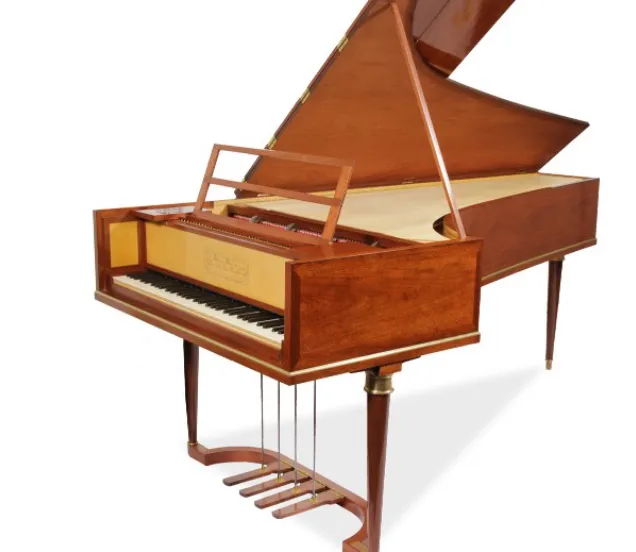
1780–1820 / The Classical Period
The fortepiano became popular among composers such as Mozart and Haydn. Builders like Anton Walter (Vienna) supplied instruments to the musical elite.
In 1821, Sébastien Érard patented the double escapement mechanism, enabling faster note repetition—paving the way for virtuosic piano techniques.
Key makers / builders:
- Érard (France) – Double escapement action.
- Broadwood (England) – Expanded range to six octaves.
Technical innovations:
- Escapement mechanism.
- Keyboard expansion from five to six octaves.
Prices and target audience:
- High-end market; sold widely to conservatories and aristocracy. First dedicated piano shops appear.
1820–1860 / Romantic Flourish
Composers like Beethoven, Chopin, and Liszt demanded more from the piano. Builders responded with stronger frames and richer tones.
In 1859, Steinway & Sons patented the cast-iron frame, allowing higher string tension and greater volume—forming the basis of the modern grand piano.
Key makers / builders:
- Steinway & Sons (USA) – Cast-iron frame, cross-stringing.
- Pleyel (France) – Chopin’s preferred maker.
- Blüthner (Germany) – Aliquot system for enhanced overtones.
Technical innovations:
- Cross-stringing.
- Felt hammers instead of leather.
- Improved pedal mechanisms.
Prices and target audience:
- Range from expensive concert grands to more affordable uprights. Piano playing becomes fashionable among the bourgeoisie.
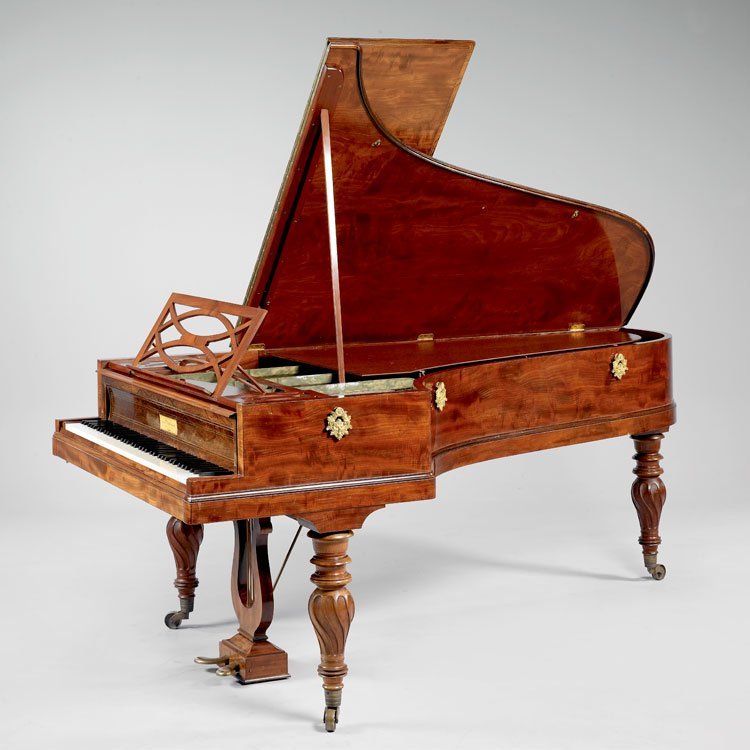

1860–1900 / The Golden Age of the Piano
Industrialization made pianos affordable for the middle class. Large factories produced thousands annually. Makers opened lavish showrooms and used famous pianists as brand ambassadors.
Key makers / builders:
- Bechstein (Germany) – Supplier to royal households.
- Mason & Hamlin (USA) – Premium American grands.
- Schiedmayer (Germany) – Pioneer in upright pianos.
Technical innovations:
- Mass production with precision craftsmanship.
- Improved repetition and damper systems.
Prices and target audience:
- From around 1,000 guilders for simple uprights to astronomical sums for concert grands. Nearly every affluent home had a piano.
1900–1930 / Worldwide Dominance
The piano became the most popular instrument in the world. Factories in the USA, Germany, England, and Japan produced on a massive scale, exporting to colonies and new markets.
Key makers / builders:
- Bösendorfer (Austria) – Luxury grands with extended keys.
- Yamaha (Japan) – Affordable, reliable instruments.
- Kawai (Japan) – Innovative newcomer.
Technical innovations:
- Standardized parts manufacturing.
- Improved tuning stability with better steel.
Prices and target audience:
- From affordable beginner models to prestigious top instruments. Audience: schools, professional pianists, families.
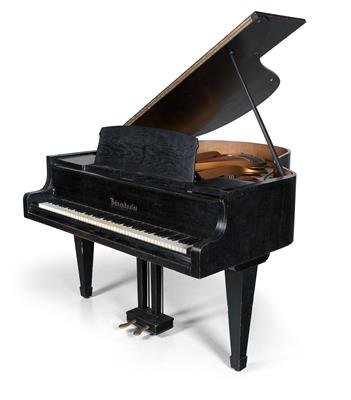
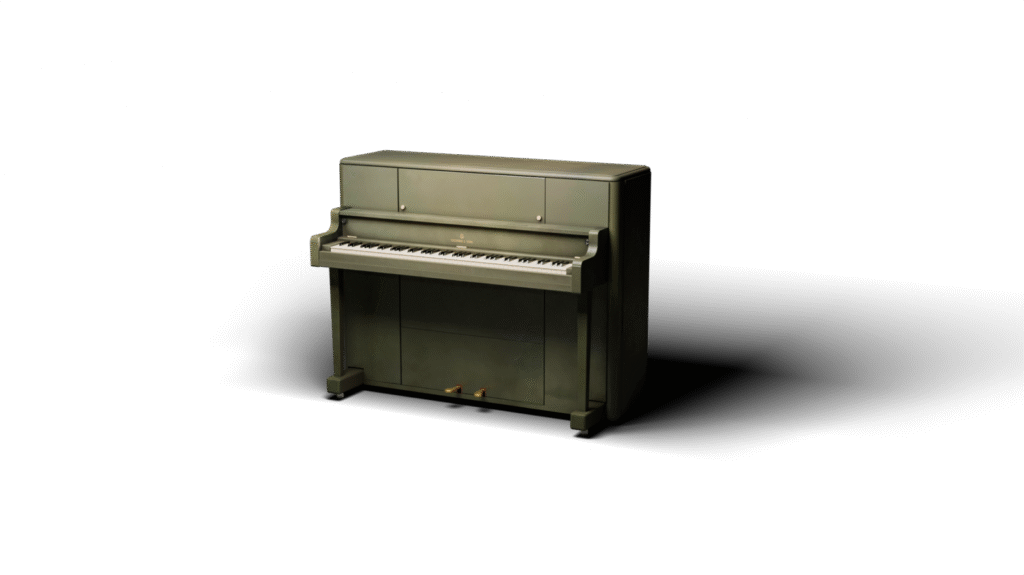
1930–1945 / Depression and War Years
The global economic crisis and World War II devastated piano production. Many factories closed or were repurposed for military production.
Key makers / builders:
- Steinway produced special “Victory Verticals” for soldiers.
- Many smaller brands disappeared permanently.
Technical innovations:
- Minimal, due to material shortages.
Prices and target audience:
- Demand collapsed; mostly emergency repairs and military supplies.
1945–1970 / Reconstruction
Post-war demand for pianos grew steadily. Compact uprights suited smaller homes. Japanese brands quickly gained ground with affordable, high-quality instruments.
Key makers / builders:
- Yamaha – Worldwide export, school instruments.
- Kawai – Strong in the education sector.
- Steinway – Retained top-tier market.
Technical innovations:
- Cheaper production methods without major quality loss.
Prices and target audience:
- Affordable for families; luxury grands for professionals.


1970–1990 / Globalization and Japanese Dominance
In the West, the acoustic piano market shrank due to digital instruments, but demand remained in education and professional performance. Japanese makers excelled in efficient, consistent production.
Key makers / builders:
- Yamaha – Global leader, full range from entry-level to concert grands.
- Kawai – Pioneer in ABS composite actions.
- Bechstein, Schimmel – German makers reorganizing to survive.
Technical innovations:
- ABS composite parts in actions.
- Improved wood treatments for stability in various climates.
- Quieter pedals and better dampers.
Prices and target audience:
- Japanese pianos popular for value and reliability.
- Audience: schools, conservatories, wealthy amateurs.
1990–2010 / Chinese Rise and Brand Extinction
Production of affordable acoustic pianos shifted to China. Factories improved quickly, dominating global markets. Many traditional Western brands vanished or were acquired.
Key makers / builders:
- Pearl River – World’s largest piano maker, also produces for Western brands.
- Hailun – Emerging Chinese quality brand.
- Young Chang – Korean maker with Chinese production.
- Baldwin – American brand bankrupt, partly moved to China.
Technical innovations:
- CNC machining for precision.
- Laminated soundboards in budget models.
- More durable polyester finishes.
Prices and target audience:
- Entry models from €2,000 to high-end over €80,000.
- Audience: young students, emerging markets, small luxury niche in the West.
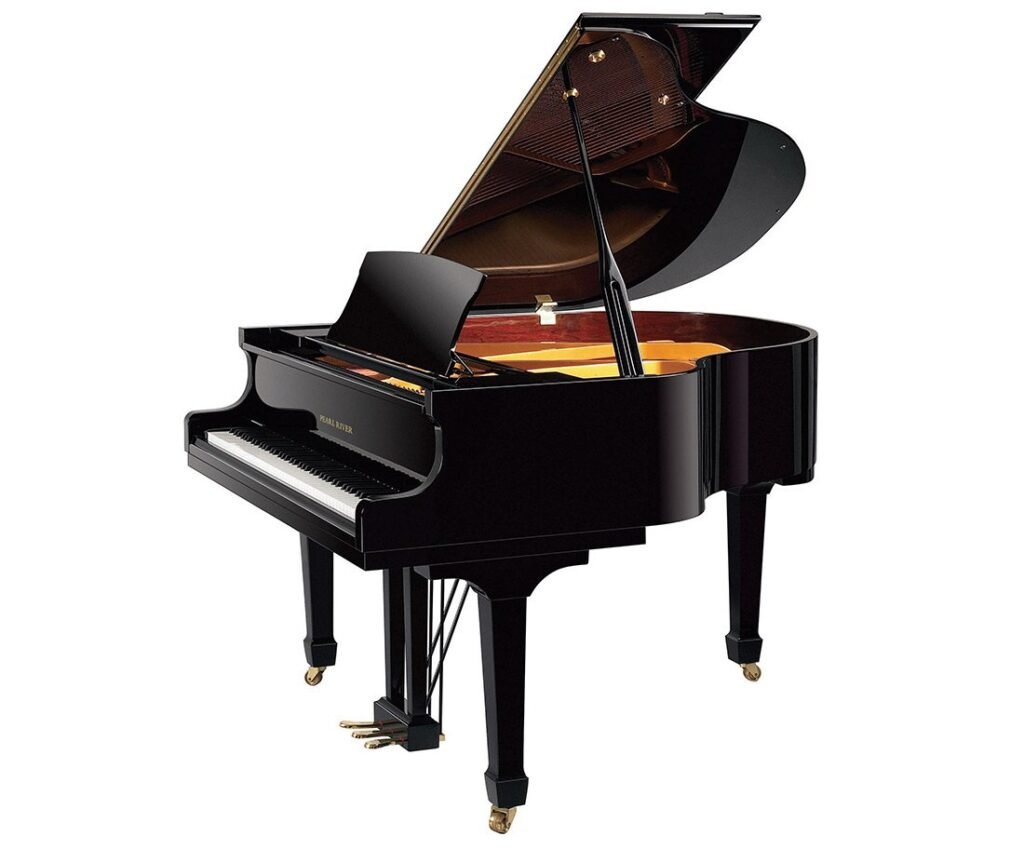

2010–2020 / Hybrid Growth and Luxury Niche
The acoustic piano became a niche in the West, with a strong second-hand market. Digital and hybrid pianos grew rapidly, while luxury brands focused on the top tier.
Key makers / builders:
- Steinway & Sons – Spirio self-playing grand.
- Bösendorfer – Owned by Yamaha, bespoke craftsmanship.
- Fazioli – Exclusive Italian hand-build.
- Schimmel – Production split between Germany, Poland, and China.
Technical innovations:
- Hybrid actions with digital recording/playback.
- Silent systems for acoustic pianos.
- Sustainable woods and alternative materials.
Prices and target audience:
- Top concert grands: €100,000–€200,000.
- Digital pianos from €500.
- Audience: collectors, conservatories, professionals.
2020–present / New Technology and Global Production
China continues to dominate the mid-market, while Japan leads in hybrid and digital innovation. European top brands maintain their elite status.
Key makers / builders:
- Integration of apps and Bluetooth.
- Self-playing systems with streaming.
- Climate-resistant materials for global export.
Technical innovations:
- CNC precision parts.
- Laminated soundboards for budget models.
- Eco-friendly finishes.
Prices and target audience:
- Entry-level around €3,000; top grands exceed €250,000.
- Audience: from beginners to elite concert halls worldwide.
